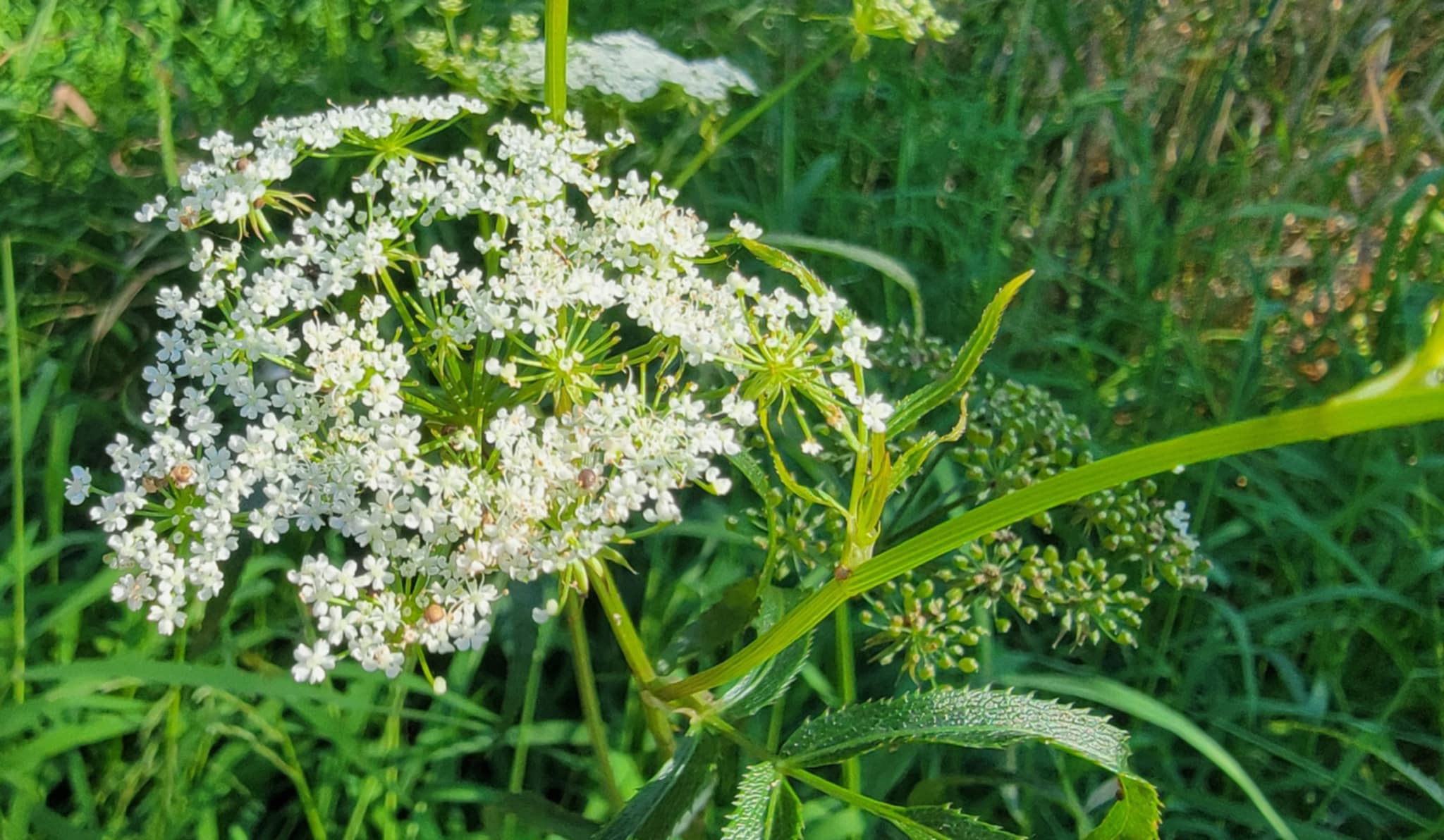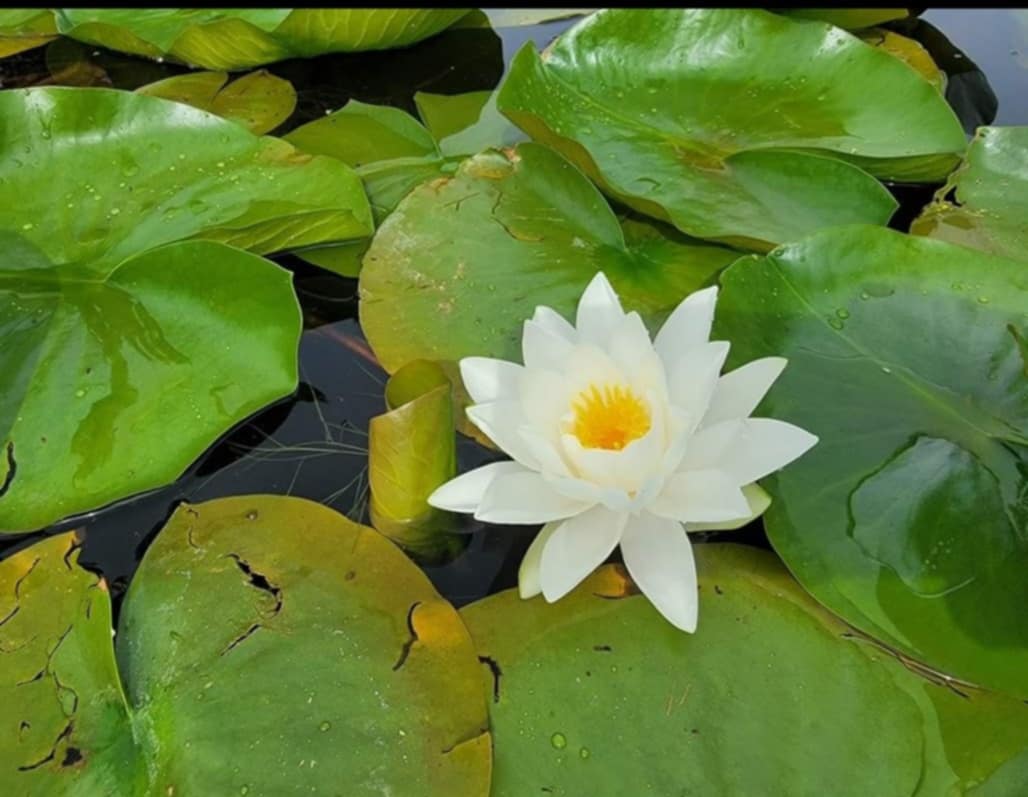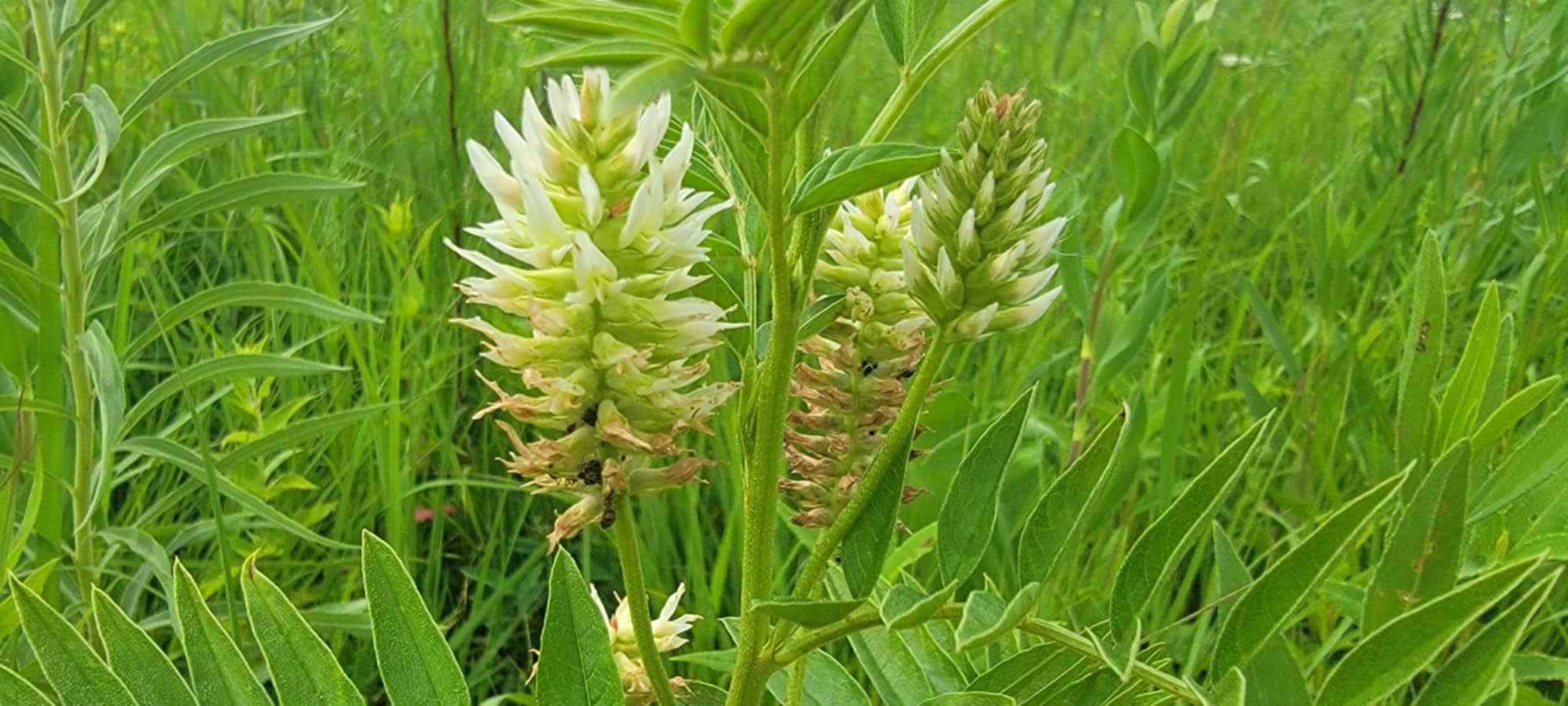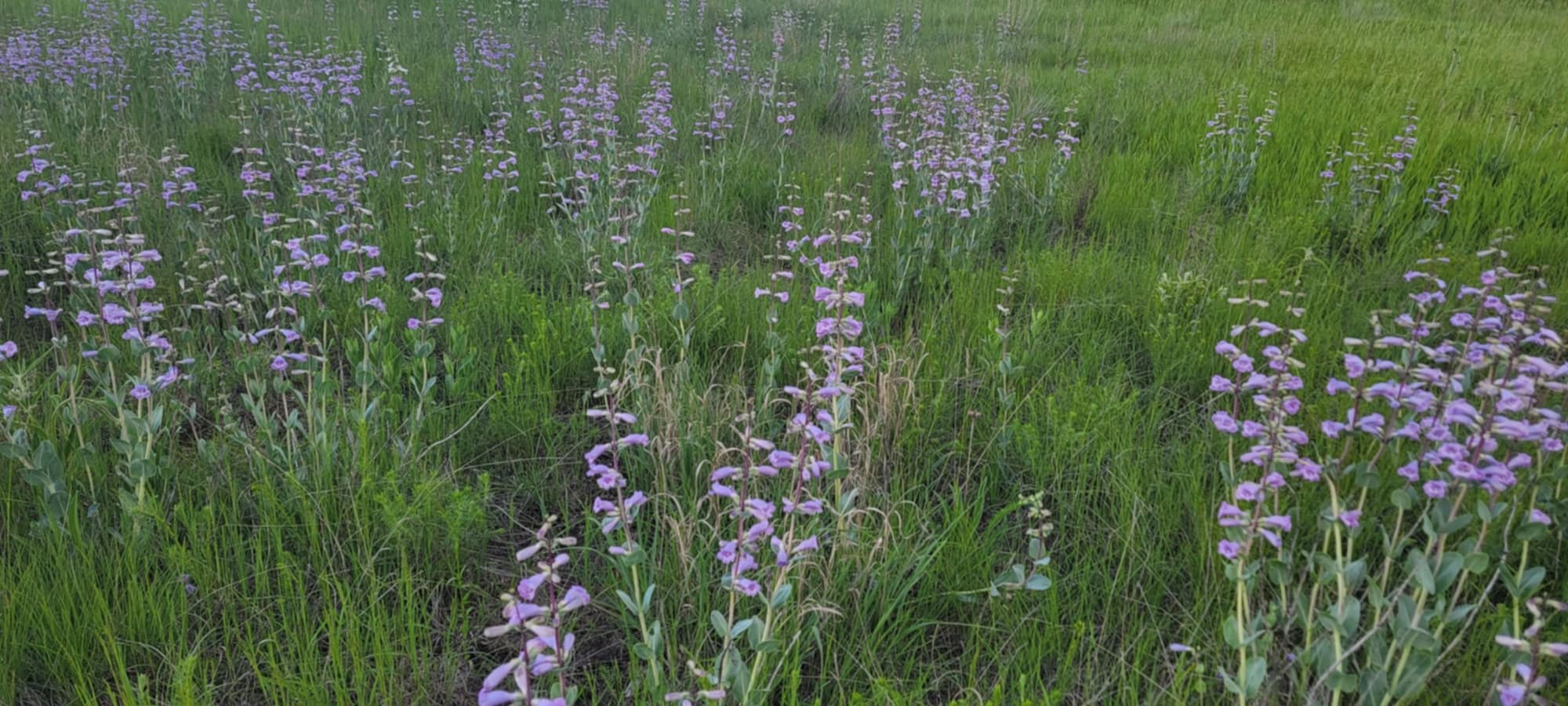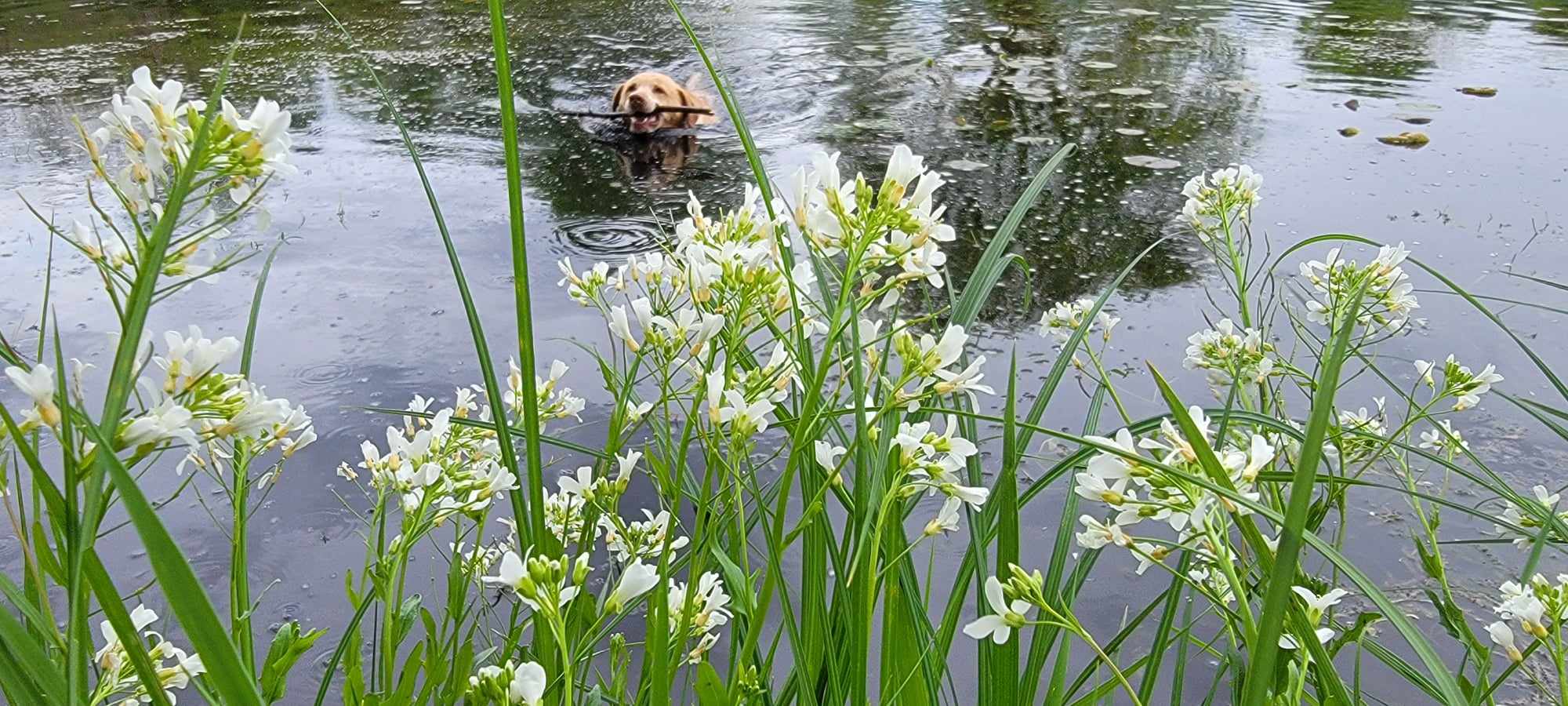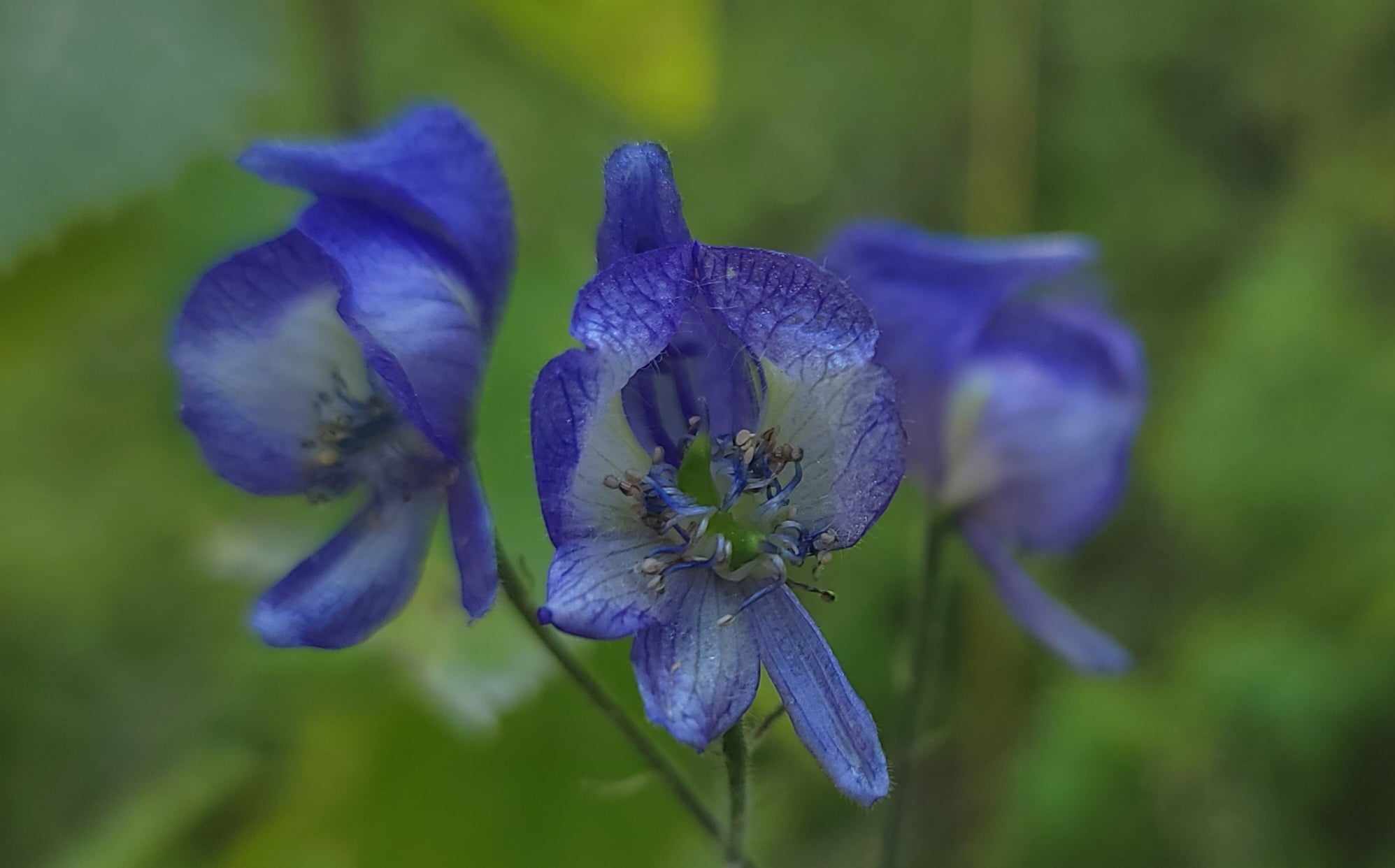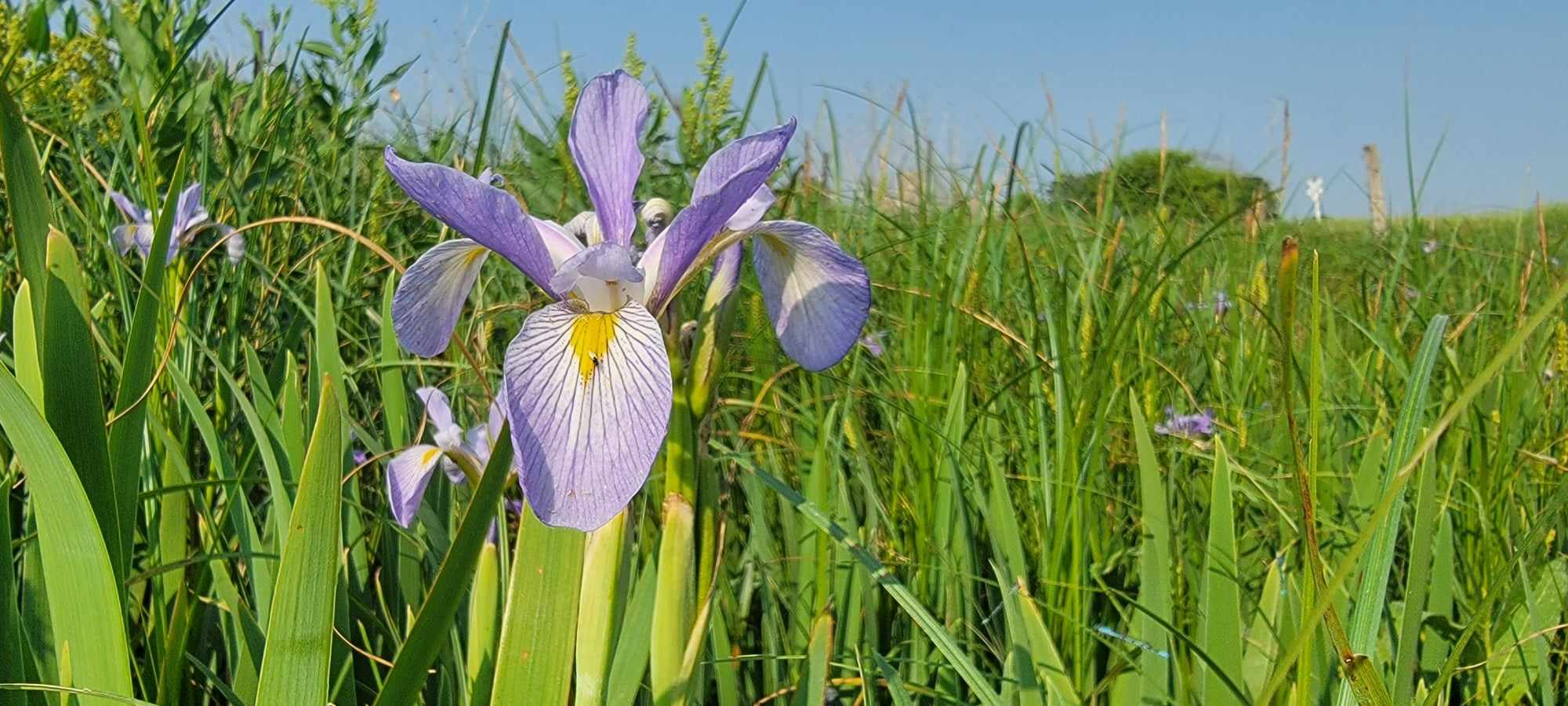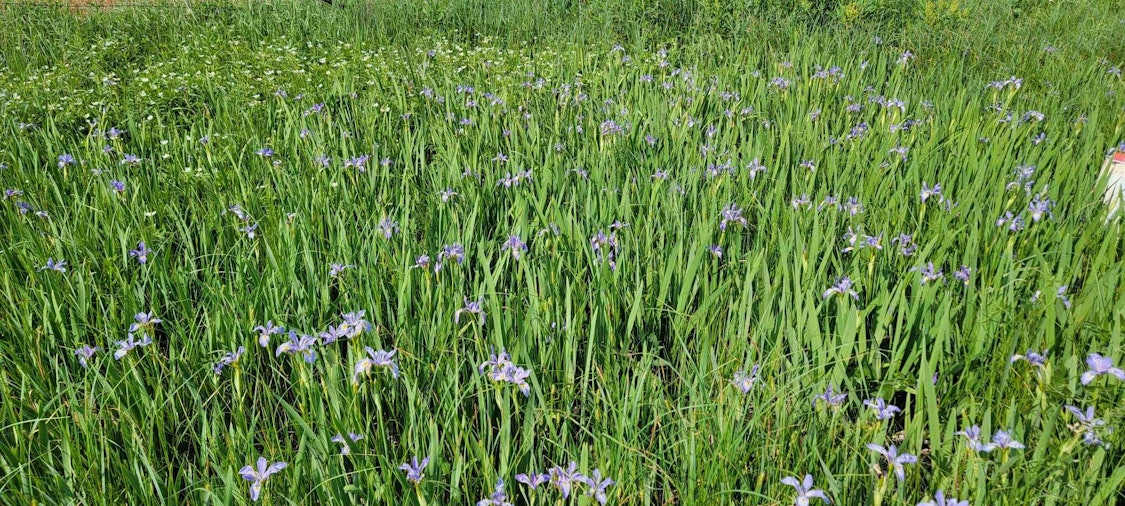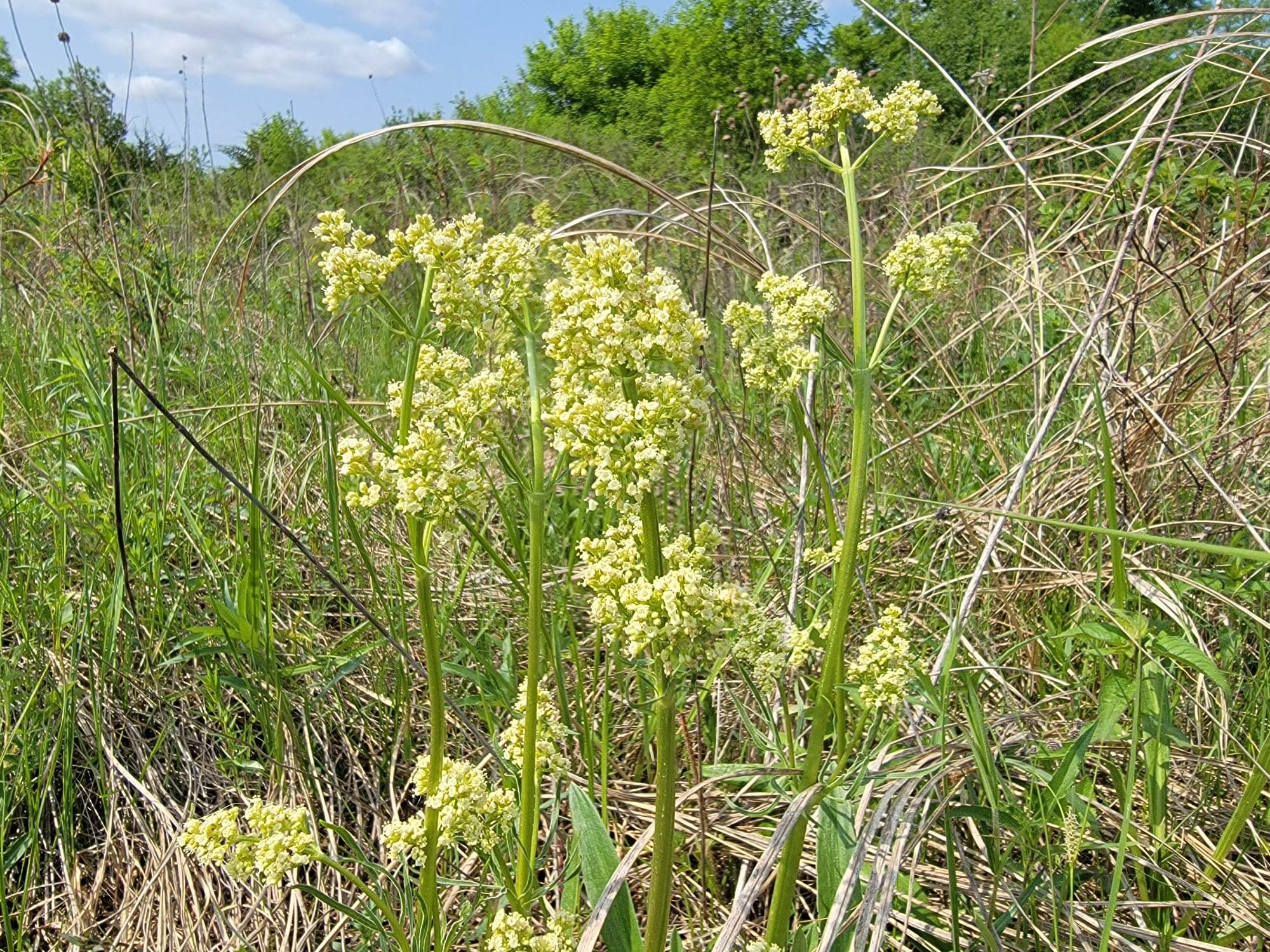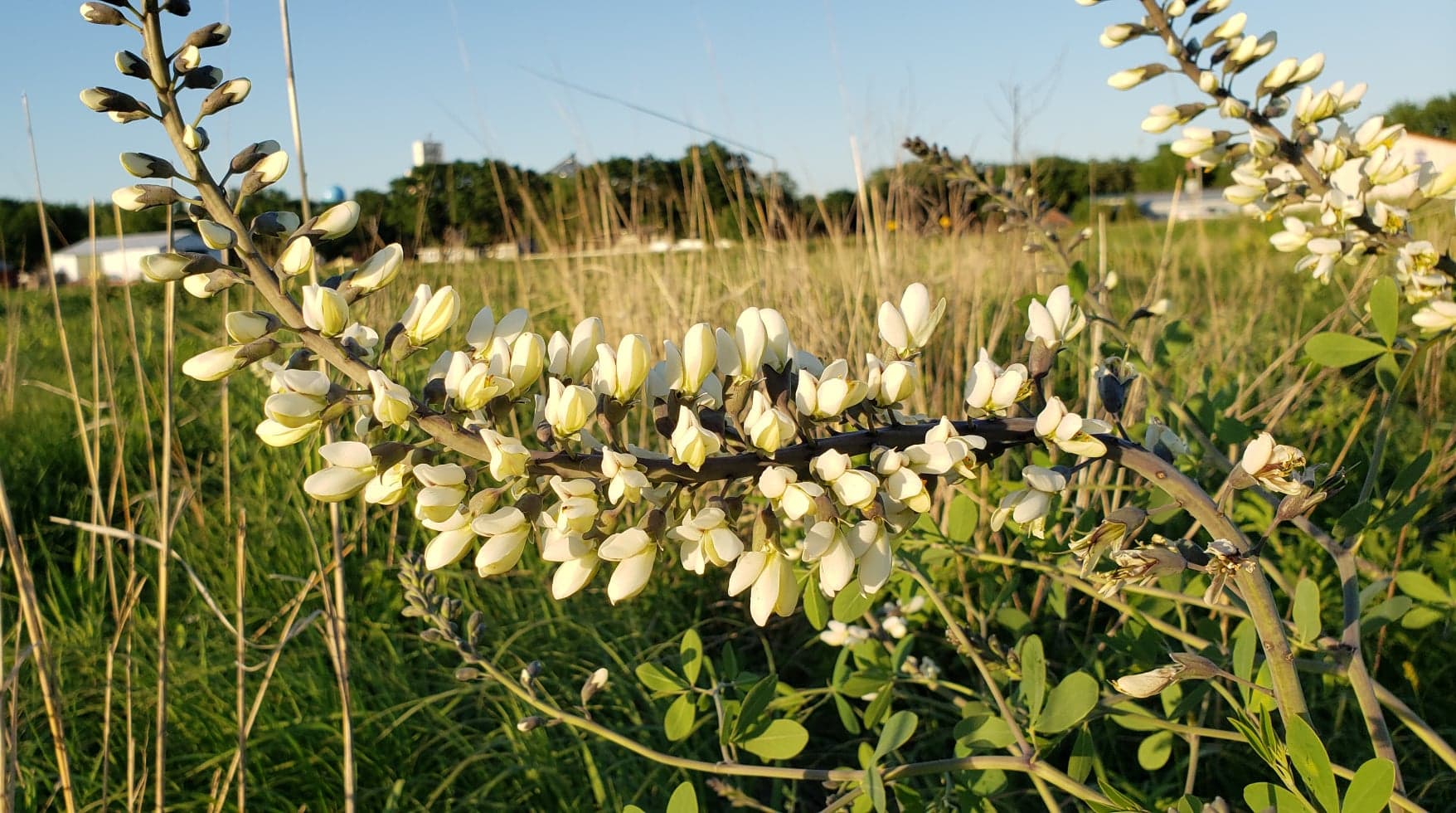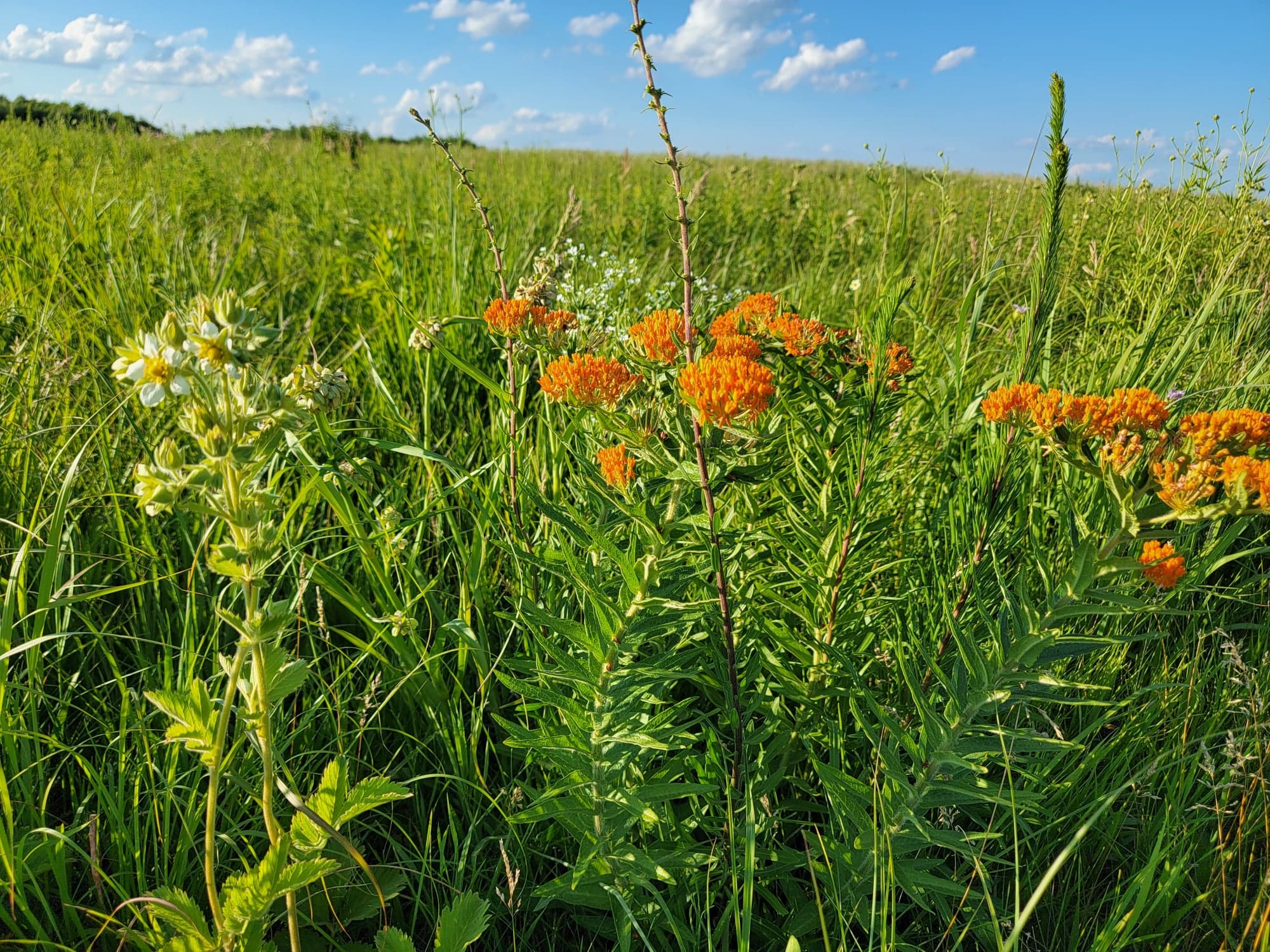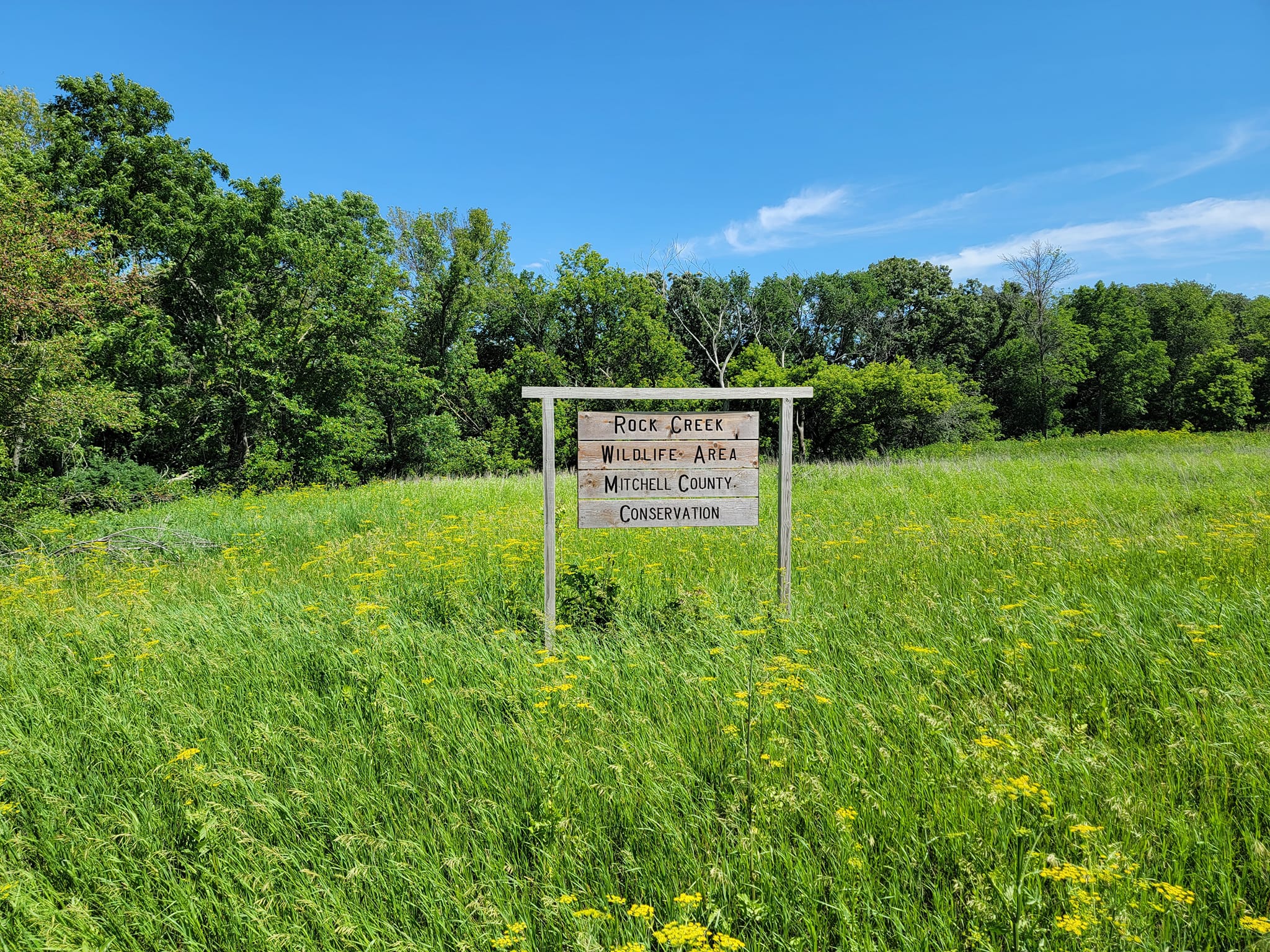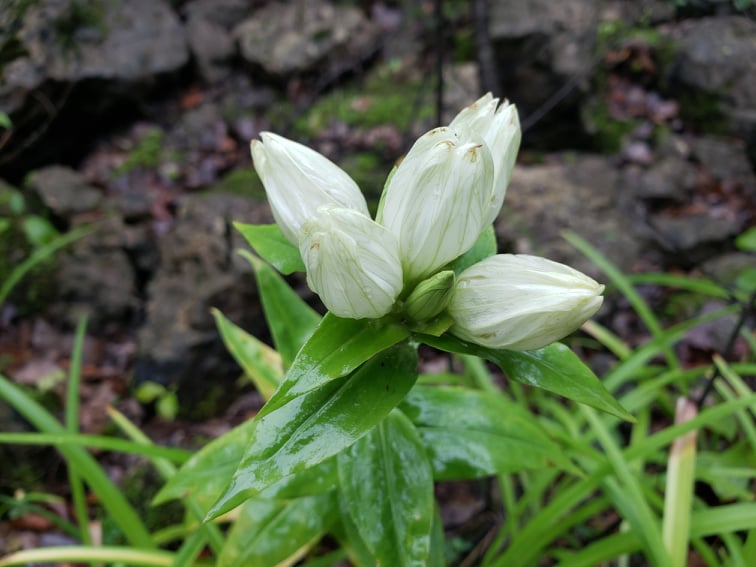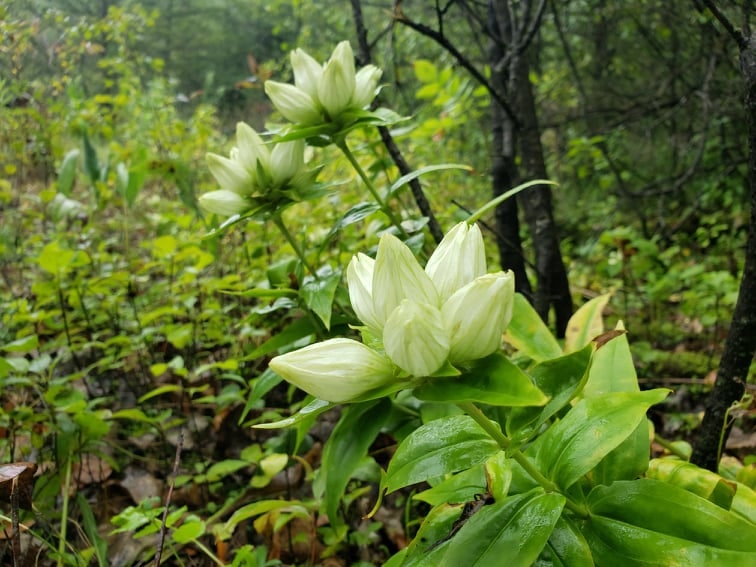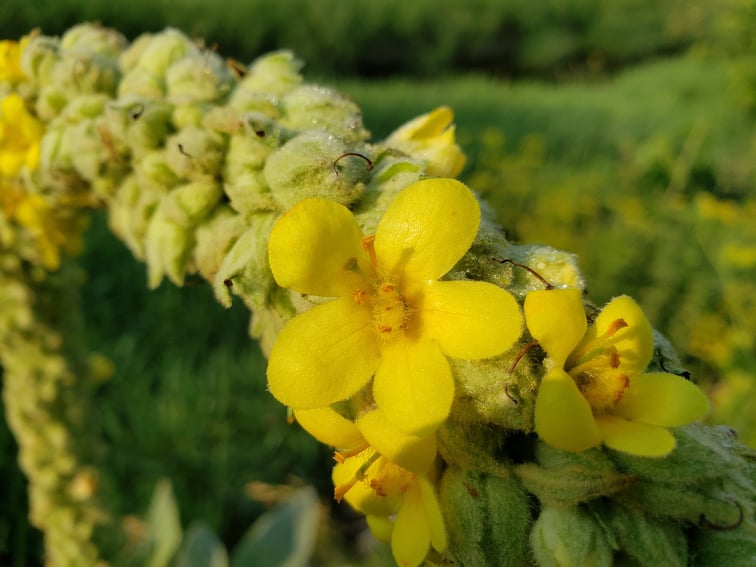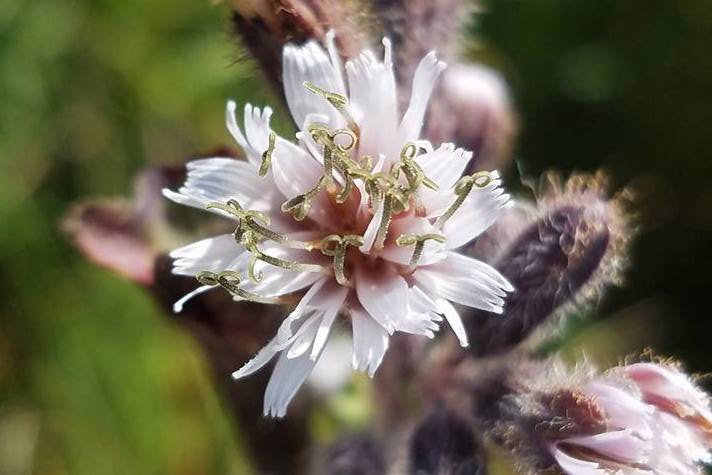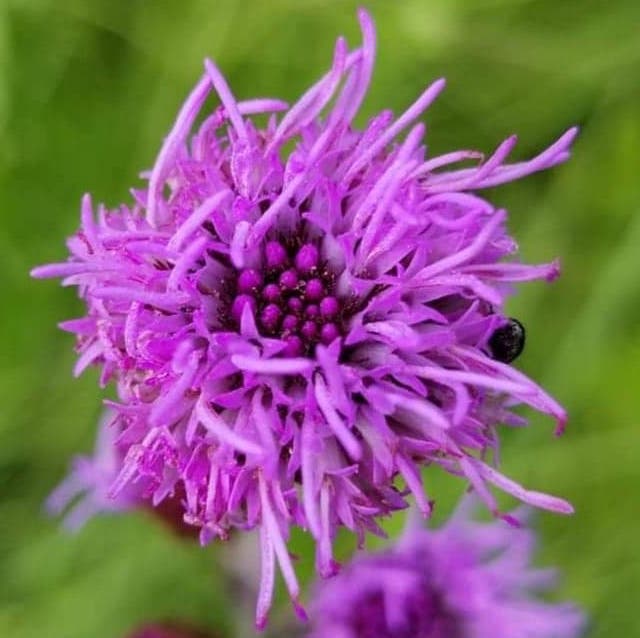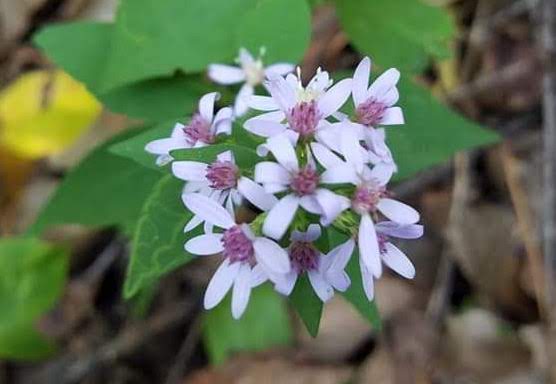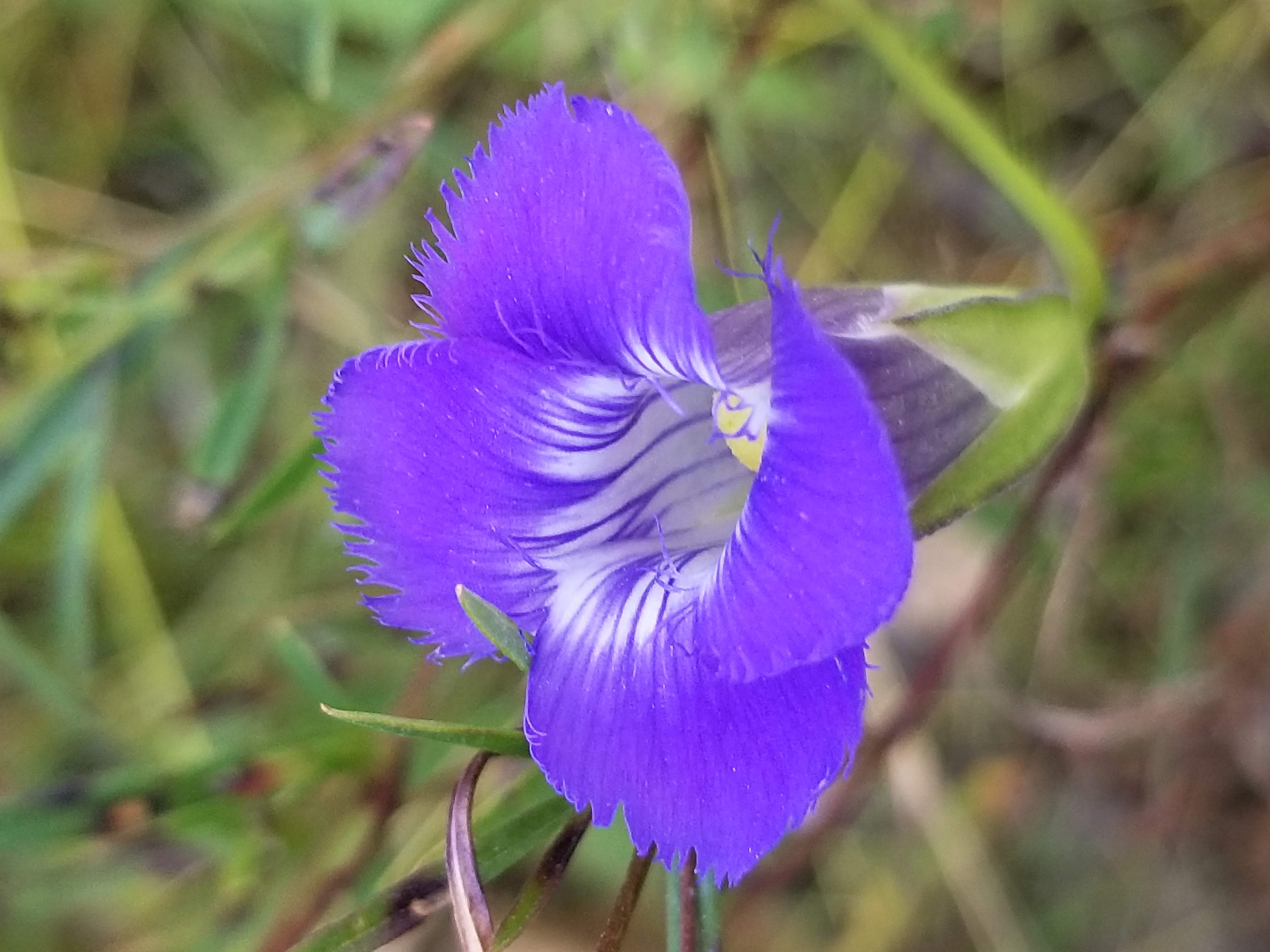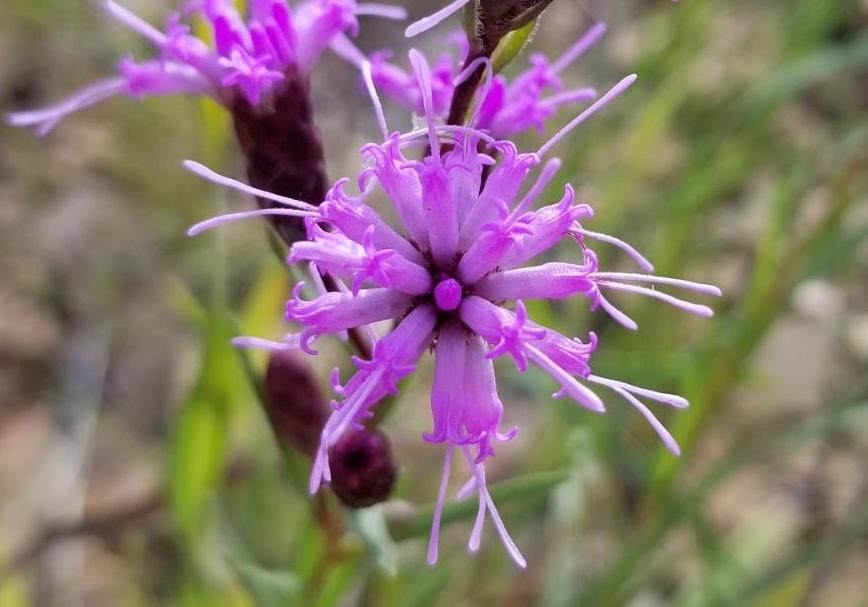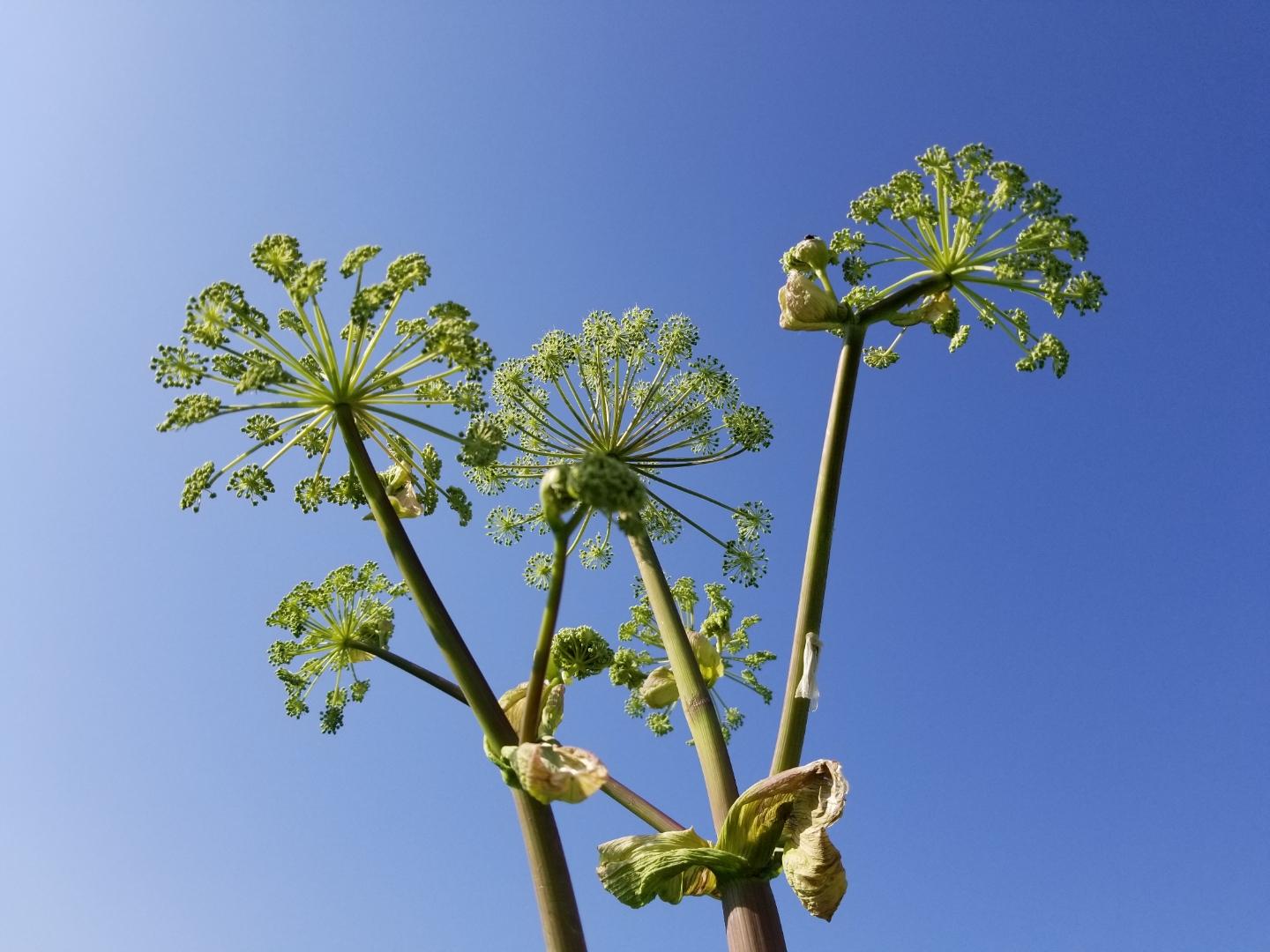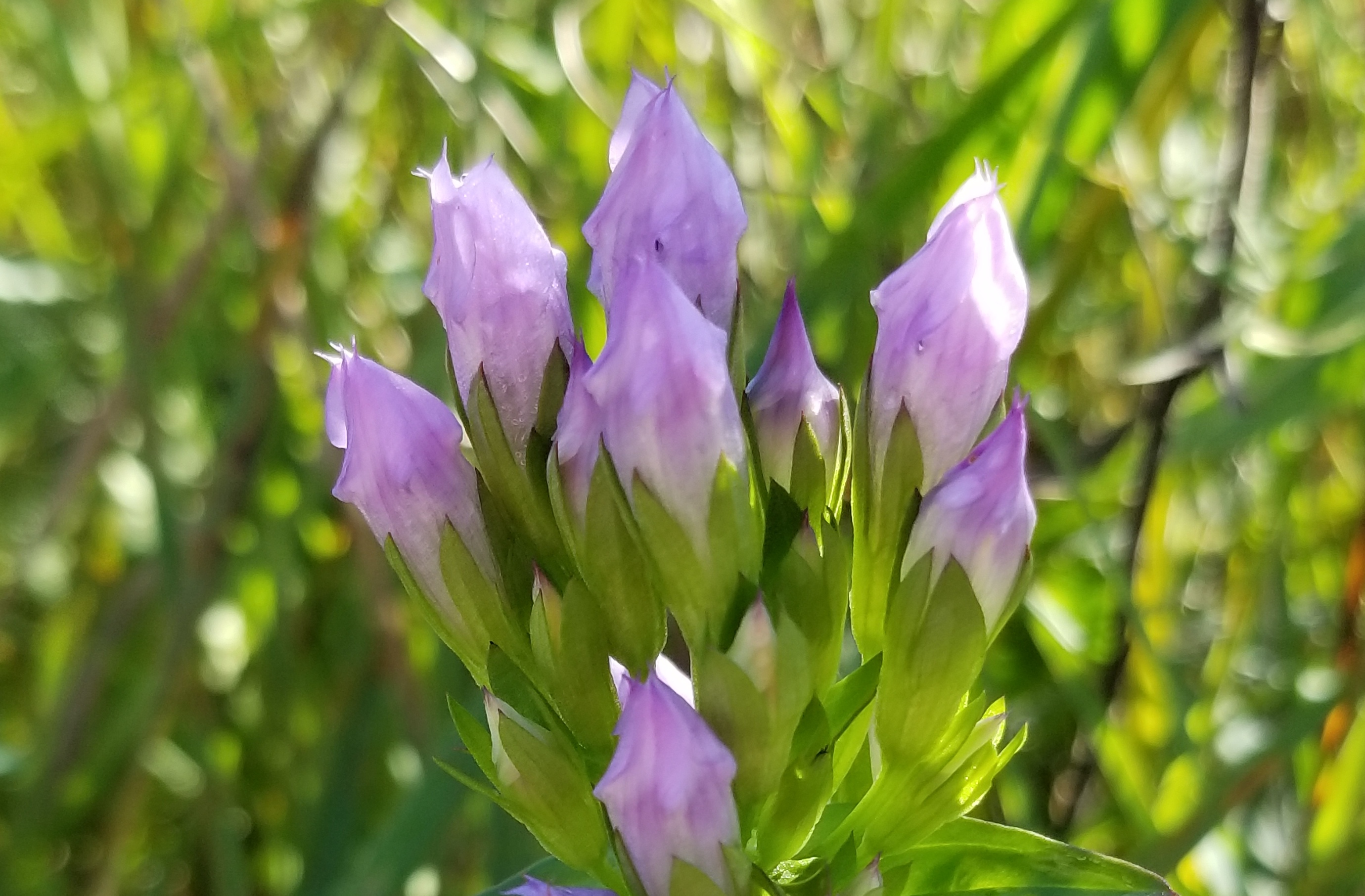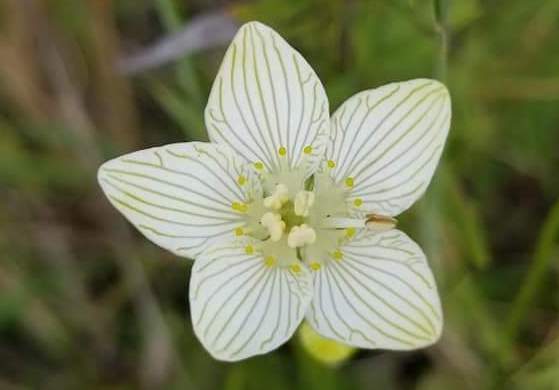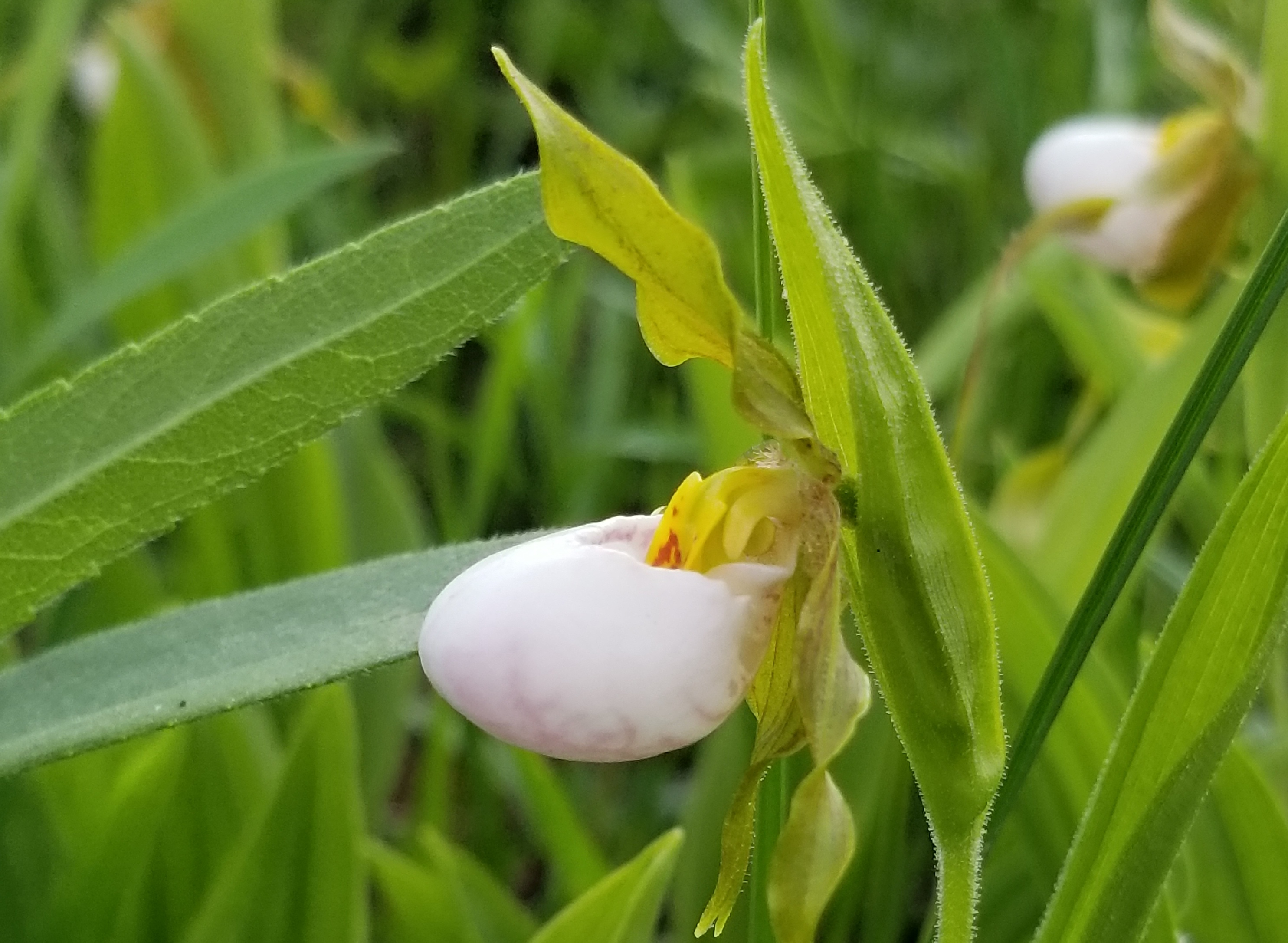Katie Byerly of Cerro Gordo County is also known as Iowa Prairie Girl on YouTube.
Tall and slender, it seemed so out of place. Water parsnip (Sium suave) grows along the edges of lakes and marshes and in wet prairies. In Wilkinson Park the prairie trails are often wet so it makes sense that water parsnip grows there. But mixed in with all the other usual prairie wildflowers at Wilkinson, like blazing stars, cinquefoils, and milkweeds, it does look misplaced.
This is an image of water parsnip in July 2018 at Wilkinson Park in Rock Falls, Iowa. I recall it being the only parsnip growing there at the time. Now at least a dozen water parsnip plants grow at this spot.
Continue Reading...
